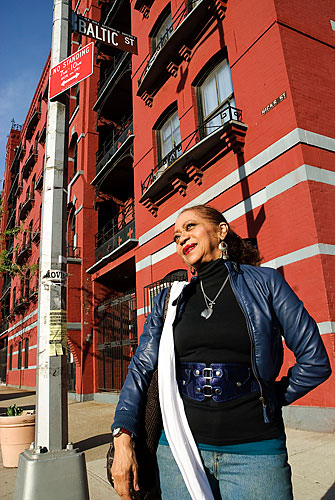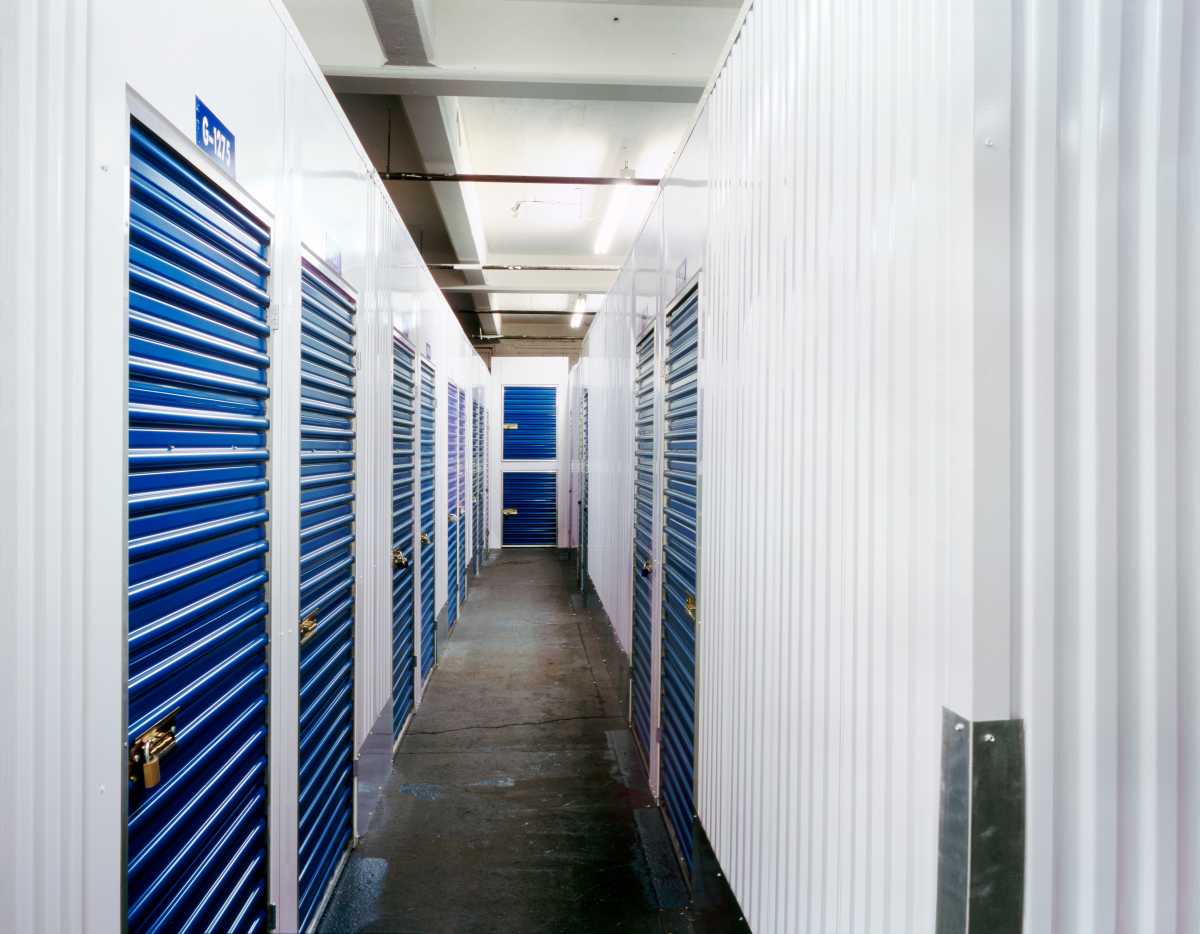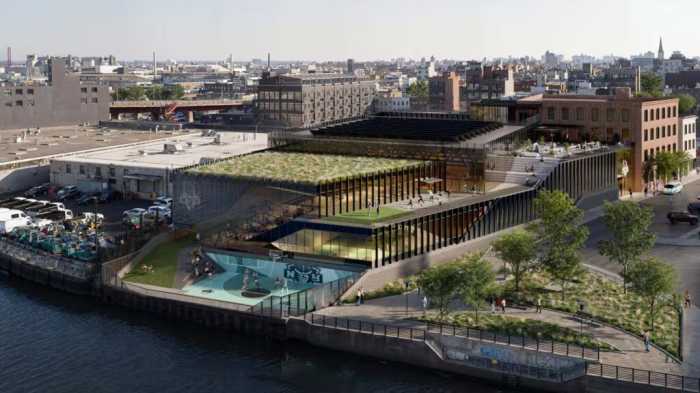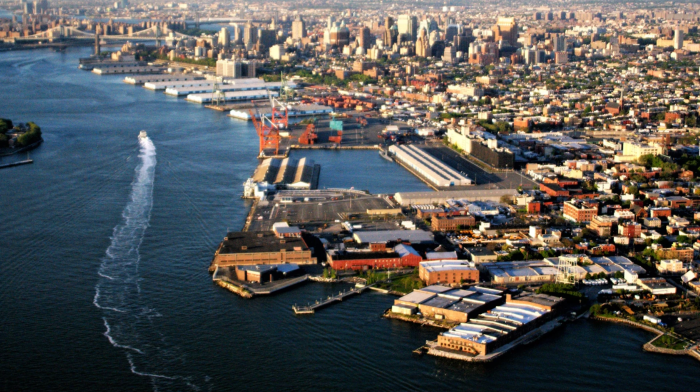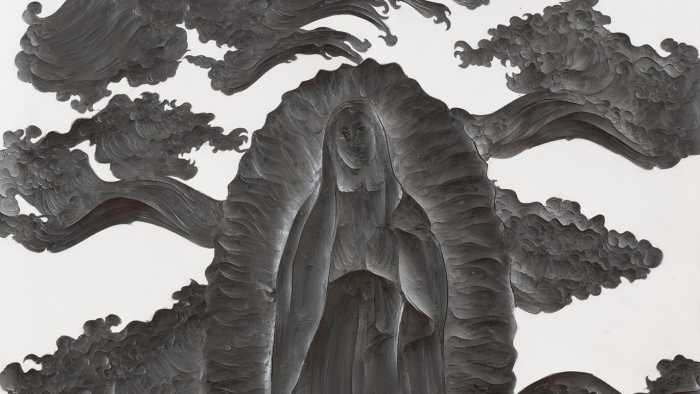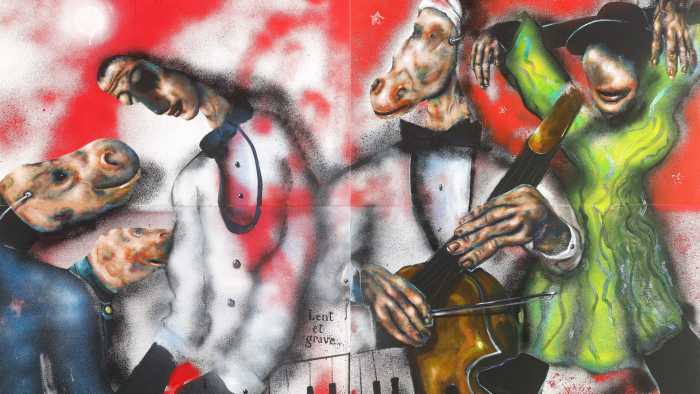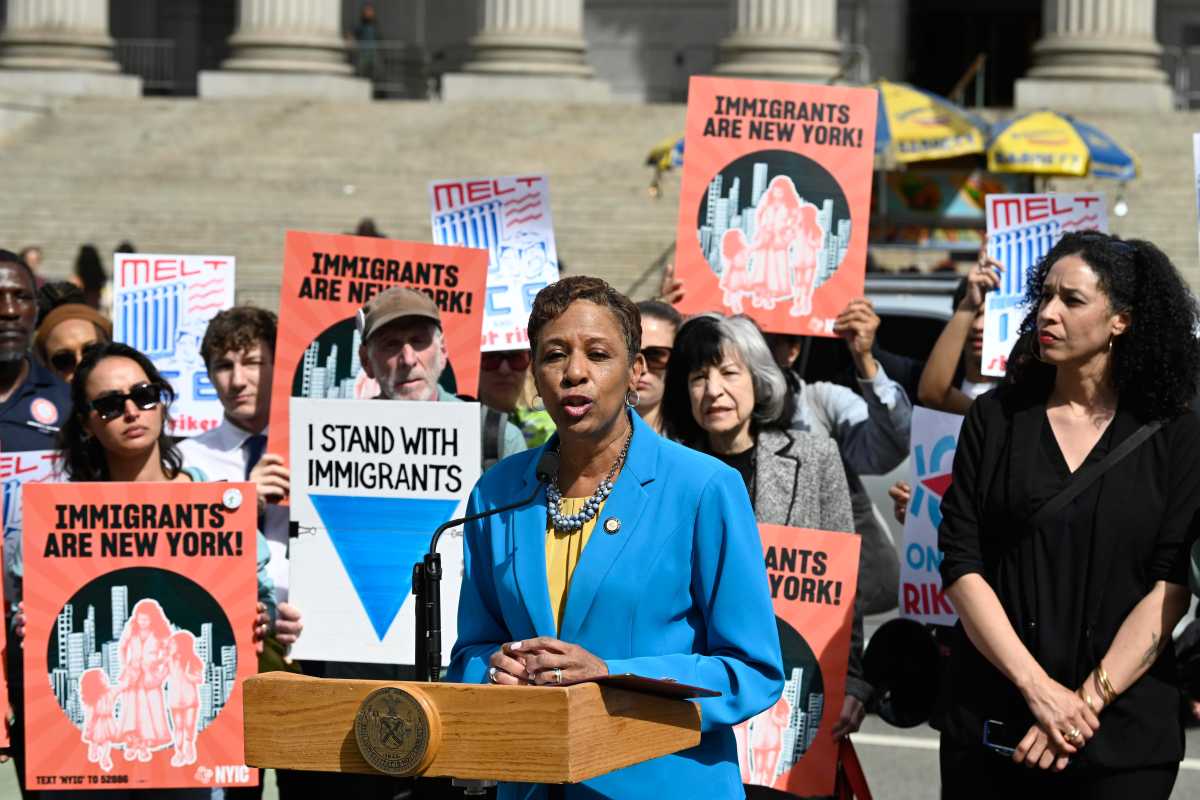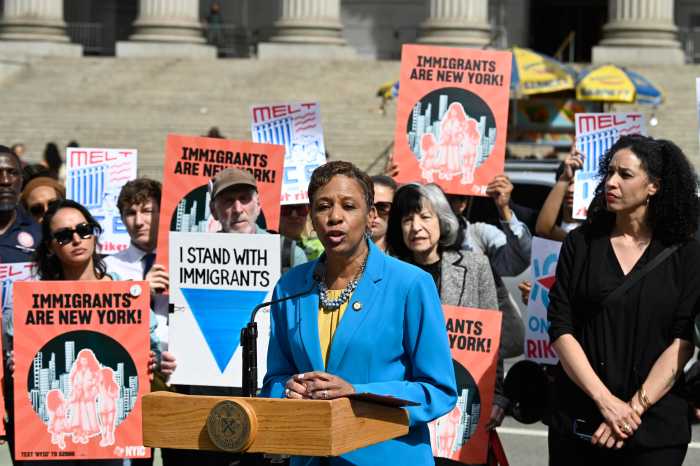A historic Cobble Hill apartment complex built a century ago to house the working class is now on the fast track to luxury.
The state attorney general’s office has approved the Hudson Companies’ plan to convert the Cobble Hill Towers — built as an experiment in philanthropy by Alfred T. White in 1879 — into condominiums, a plan that calls for any vacated apartments to be sold at market prices.
Tenants in the landmark building will be offered the chance to buy their apartments at insiders price such as $230,000 for a studio and $595,000 for a three-bedroom apartment. Owners would then be free to set their own re-sale prices, though residents in the rent-stabilized apartments will not see any changes if they want to go on renting.
Still, the plan will result in the building’s transformation from moderate-income rentals to luxury condos. As a result, it has frightened residents, who are unsure whether they’ll be able to buy, even at the insider prices.
“It’s ridiculous,” said longtime resident Cindy Nurullah. “Some people are going to have to pay more money [to buy their place].”
Hudson Companies’ Principal David Kramer called the concerns misguided, as there is no plan to evict any tenants.
“I think change can be scary to a lot of people,” he said. “We are giving people the best deal in town.”
The six-story buildings comprise a nine-structure complex with 188 units facing Warren, Baltic and Hicks Streets.
The buildings were constructed as part of a social experiment by White, who aimed to demonstrate that private developers could build decent housing for the working class and still make a profit, according to Francis Morrone, an architectural historian.
Given that history, the towers’ path toward gentrification is “heavily ironic,” Marrone said.
“But it’s not something that hasn’t been done numerous times before,” he said, pointing to the Cherokee Apartments on the Upper East Side, once known as the Vanderbilt Model Tenements, a complex built to house families with at least one member ill with tuberculosis. A multi-million-dollar renovation was completed in 2002, and the units were ultimately converted to co-ops.
“We live in a city of ironies,” Morrone observed.
Kramer disagreed with Morrone’s wry assessment, saying that his firm was merely continuing White’s legacy of urban idealism.
“Alfred White was designing affordable housing stock, and what we’re doing is offering affordable for-sale housing stock,” he said.
Resident Sean Hastings has lived in a rent-stabilized apartment for 20 years and said the deal is not so sweet, particularly since the apartments themselves haven’t been renovated in two decades.
“It’s way overpriced,” he said.
Hudson got involved in the historic building in 2008, when it partnered with owner Frank Farella, and said it would to convert the complex to condos.
Since that time, Kramer said, Hudson renovated the property, adding gates and an intercom system, fixing lights and patching rooftops, and launching a design competition to upgrade every lobby.
But resident Nina Rogoff said she’d only consider buying her apartment if the price is lowered and her building is fully renovated.
At a recent meeting, tenants discussed advocating a bulk buying rate, and perhaps organizing in order to better negotiate.
“I’m looking to spend $200,000, maybe [as high as] $280,0000,” Rogoff said.
— with Tony Cella


